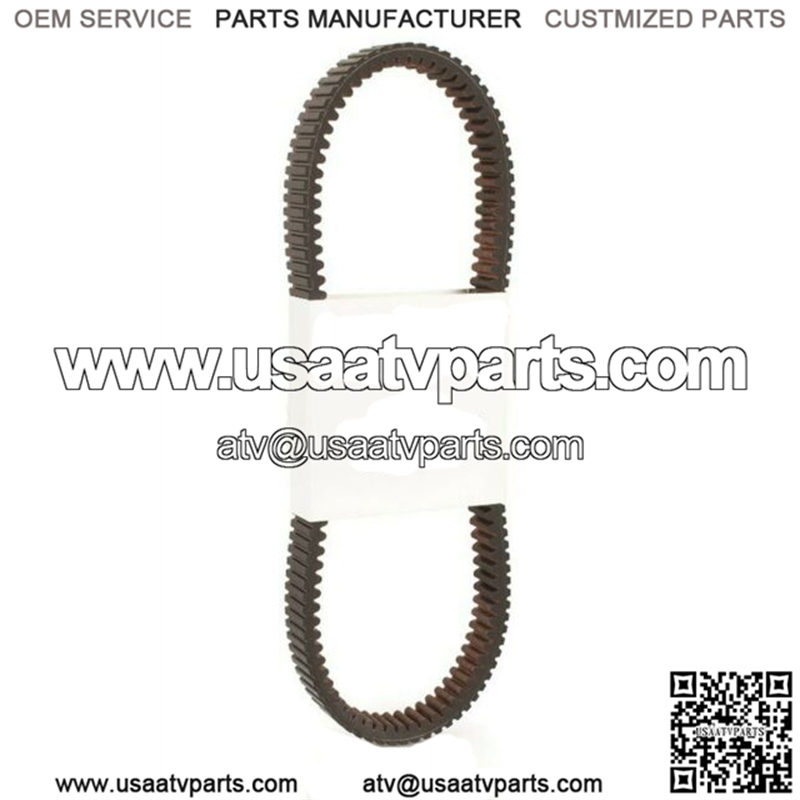Snowmobile drive belts are a critical component of any snowmobile, and understanding their functions and maintenance requirements can help ensure the optimal performance of your snowmobile.
Snowmobile drive belts serve as the link between the engine and the track, transferring power from the engine to the rear drive system.
They operate under high stress and tension, subjected to constant flexing and bending during snowmobile operation, making them susceptible to wear and tear.
When it comes to selecting a drive belt, it’s essential to consider the material, size, and construction.
Kevlar-reinforced or carbon fiber belts are popular choices for their durability and resistance to heat and friction.
The size of the belt must also match the specifications of the sled, while the construction should promote flexibility and reduce vibrations.
Regular inspection and maintenance are crucial for extending the lifespan of your snowmobile drive belt. Inspect the belt for signs of wear and tear, including cracks, chips, glazing, and fraying, and replace the belt if necessary.
Avoid exposing the belt to excessive heat or moisture and maintain proper tension to prevent slipping or stretching.
In conclusion, snowmobile drive belts play a crucial role in the performance and reliability of snowmobiles.
By understanding their functions and maintenance requirements, you can maximize the lifespan and efficiency of these critical components.
Regular inspection, proper tension, and appropriate selection can help ensure your snowmobile operates at its best.
“Keyword”
“snowmobile drive belt”
“polaris snowmobile drive belt replacement”
“how to remove snowmobile drive belt”
“snowmobile drive belt alignment”
“how a snowmobile drive belt works”


